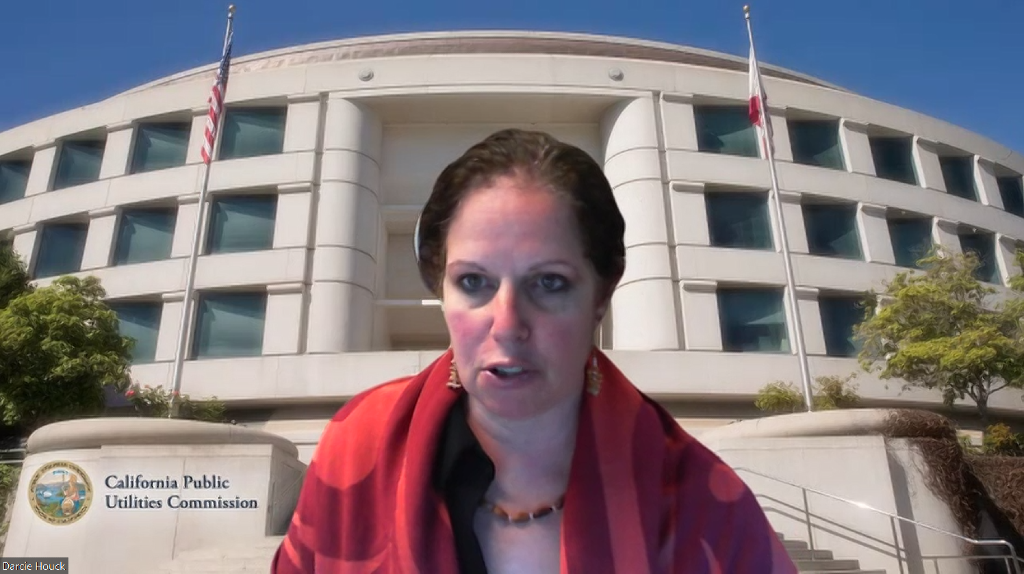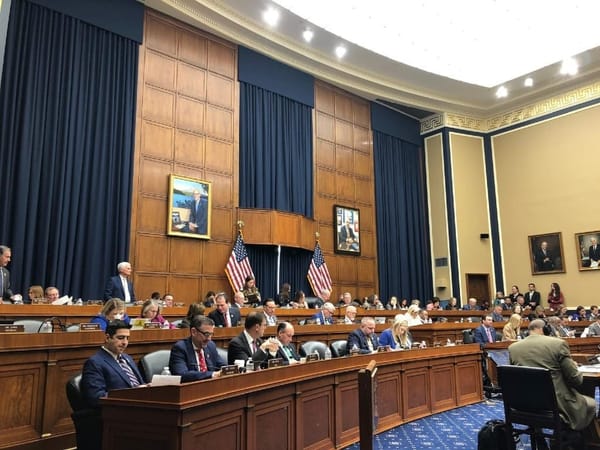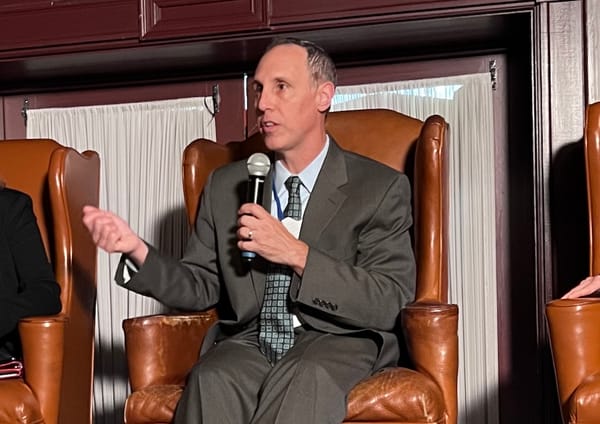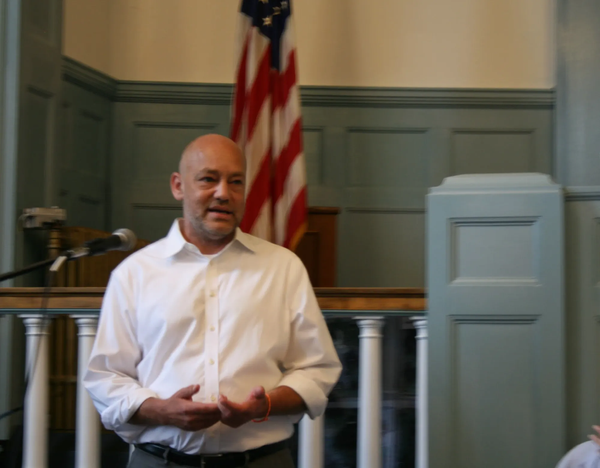State Control Over FCC’s Pole Regulations – a Blessing or a Curse?
Twenty-three states choose to regulate their own pole attachment processes.

Twenty-three states choose to regulate their own pole attachment processes.

WASHINGTON, Oct. 30, 2024 – For nearly half of U.S. states, the push to expand broadband access comes with an added challenge: navigating a complex web of state-specific regulations governing utility poles.
Currently, 23 states and the District of Columbia have exercised "reverse preemption," choosing to regulate their own pole attachment processes rather than default to the Federal Communications Commission's standards under Section 224 of the Communications Act.
State utility commissioners discussed the pros and cons of this approach during a Federal Communications Bar Association panel Tuesday, noting that its success largely depended on each state’s ability to manage oversight effectively.

What constitutes an 'invidious' DEI policy in regulators' eyes?

Democrats warn the law will fall flat without a functional FTC to enforce it.

Providers had asked for several changes, including to how the agency determined the presence of unsubsidized competitors.

Supporters argue the bill would preserve agency expertise in complex rulemaking